What Is Day Trading?
Day trading is exactly what it says, trading that is done within a “trading day”. But what does that mean? For most financial markets in the modern era markets do not close, so what is a “trading day”? Usually for a day trader this means exiting all your trades by the end of your trading day, so before you stop monitoring the market and certainly before you go to bed. You would not usually leave open positions and overnight stops if you were a day trader. Day trading is usually (but not always) viewed as a full-time venture, as you really need to be sat in front of your trading screen for the whole day.
How To Day Trade
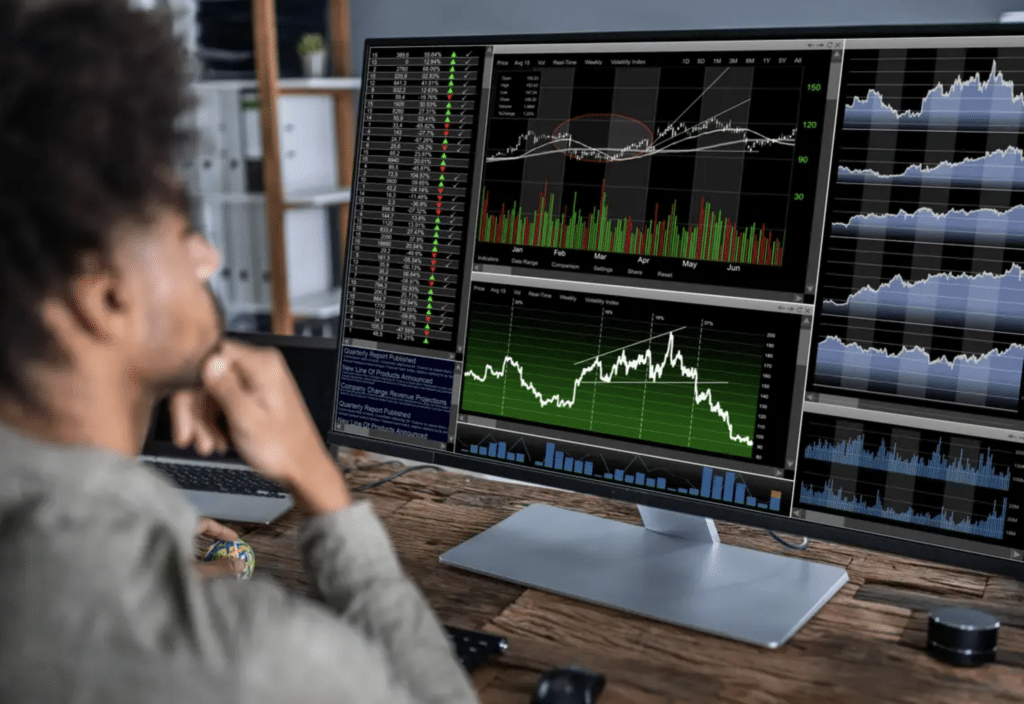
As already highlighted, day trading is trading within the day, so one of the key features in how to day trade is to open and close your trading positions within the same day. This does not necessarily mean that you only have one trade within the day. In fact, many day traders have strategies that mean they buy and sell regularly throughout a day. A critical aspect of day trading is to be “flat” at the end of the day, that is to have closed all open positions in your chosen market (or markets) before the end of your trading day.
Why Is Day Trading Important?
Day trading is important to the individual trader as it is often viewed as the ultimate form of trading success. Why is this? Because day trading is effectively seen as a full-time vocation, the day trader would need to be confident they can “make a living” from trading, as it takes up all their time. A successful day trader is often viewed as having reached the pinnacle of trading as an individual.
For the overall market, day trading is seen as important as day traders provide a huge amount of liquidity to financial markets, by being constantly active, buying and selling throughout the day.
Day Trading Vs Swing Trading
What is day trading compared to swing trading (or position trading) as covered in our article “What Are Position Trading and Swing Trading?”.
The main difference is simply time frame, as highlighted in the article “What Are Time Frames?”. Swing traders (and position traders) typically run their trades for a number of days, maybe for a few weeks (possibly even longer). Day traders are disciplined to close out their open trades by the end of the day.
What Are The Best Day Trading Strategies?
The best day trading strategies are many in number and each day traders would no doubt argue that their strategy is the “best”. Here though, we will explore some of the more common approaches to day trading. It’d be up to you to maybe try these out and see what fits best with your personal trading style, or you own personality, with the psychological and emotional biases you may bring to your trading.
Here we will look in more details and the following day trading strategies.
- Breakout Trading
- Scalping
- Momentum
- Price Action
- Reversal
- Pivot Points
- Trend Trading
- Money Flows
- Day Trading Summary
Breakout Trading
Breakout day trading is when a market is in a defined range between support and resistance levels and the day trader looks for a confirmed breakout from this range to either enter long or short. When it comes to day trading, the range would be defined on a very short-term chart, probably a 15-minute chart or lower time frame. There are various ways a day trader could identify the range and define a breakout signal. We explore this strategy in more detail in our article “What Are Trendlines and Breakouts In Trading?”.
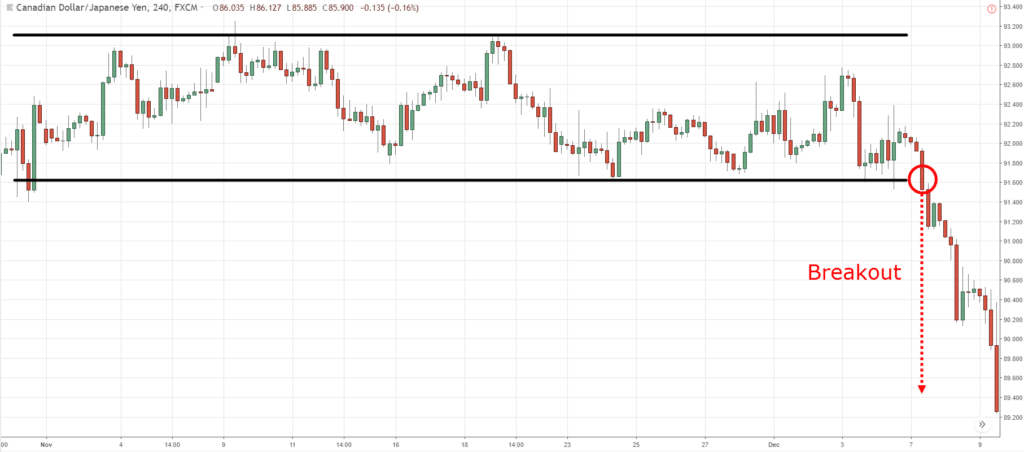
Scalping
Scalping is an extremely short-term form of day trading. Scalpers are looking for minimal market moves to profit from, with extremely tight trading stops. Some scalpers only have trades open for a few seconds, maybe for a few minutes. Scalpers would not have trades open for 30-60 minutes; this would not be scalping. Scalpers use a variety of the strategies we look at in this section to open and close trades, usually looking for impulsive moves on news or when notable support or resistance levels are broken. We will dedicate an entire article to scalping when we look at “What Is Scalping?”
Momentum
The momentum day trading approach is following momentum in a market and then looking to exit or even reverse positions when momentum becomes overstretched. For example, a momentum day trader may look to go with a bullish move higher as long as intraday momentum indicators are rising and not overbought. Similarly, they would go short if the market was falling and momentum indicators were falling and not oversold.
If momentum indicators become overstretched (either overbought or oversold), a momentum day trader would look to exit trades, and potentially then enter trades in the opposite direction. So, selling to go short if the market was overbought or buying to go long if the market was oversold.
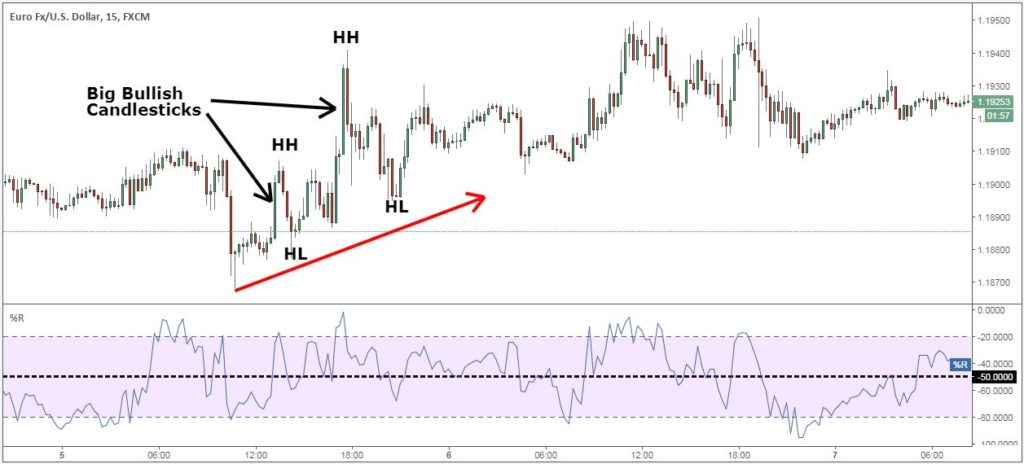
Price Action
A common day trading strategy is one that simply relies on price action. But what does this mean? Price action is simply following the price of the market, using various technical analysis tools and strategies. You may follow the price action by using trendlines, channels, moving averages or Dow Theory. You may look to include chart continuation and reversal patterns. Or, you could include candlestick analysis to hep to define the price action. When following price action and using any or all of these tools as a day trader, however, you would look at a short time frame, so again setting up maybe on a 30-minute chart. Or even on a lower time frame, maybe 5- or 10-minute charts.
Reversal
Reversal day trading is similar to the swing trading we looked at in our article “What Are Position Trading and Swing Trading?”. Reversal trading for a day trader would just be on a much shorter time frame, so looking at maybe 5-minute or 15 -minute charts and looking for intraday reversals in trends.
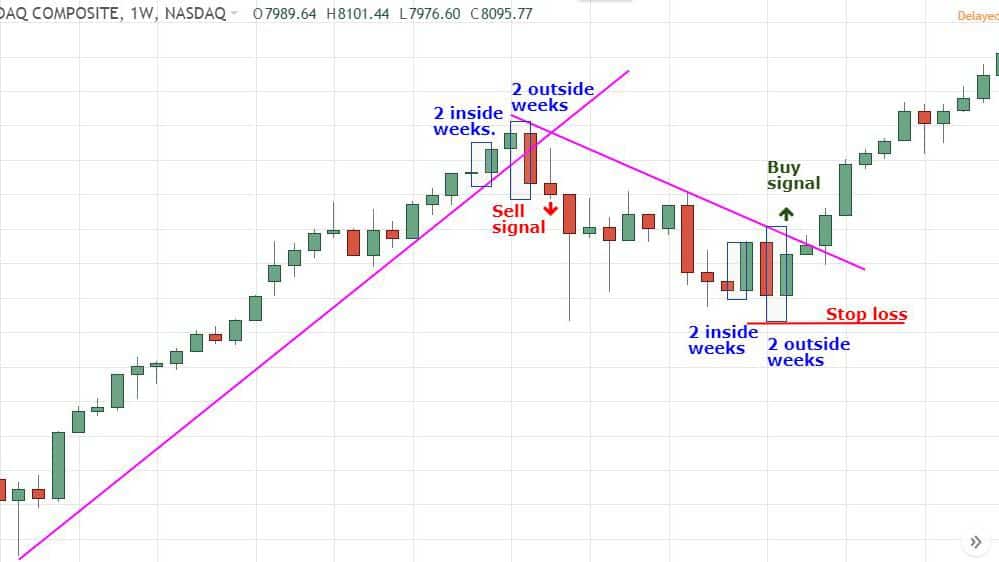
Pivot Points
Pivot Point day trading is a system where you use the calculated Pivot Points to identify support and resistance levels. Then, you would either look to buy at support and sell at resistance, or maybe devise a strategy to go with a break of the Pivot Points. We look at Pivot Point trading in detail in the article “What Is Support & Resistance In Trading?”.
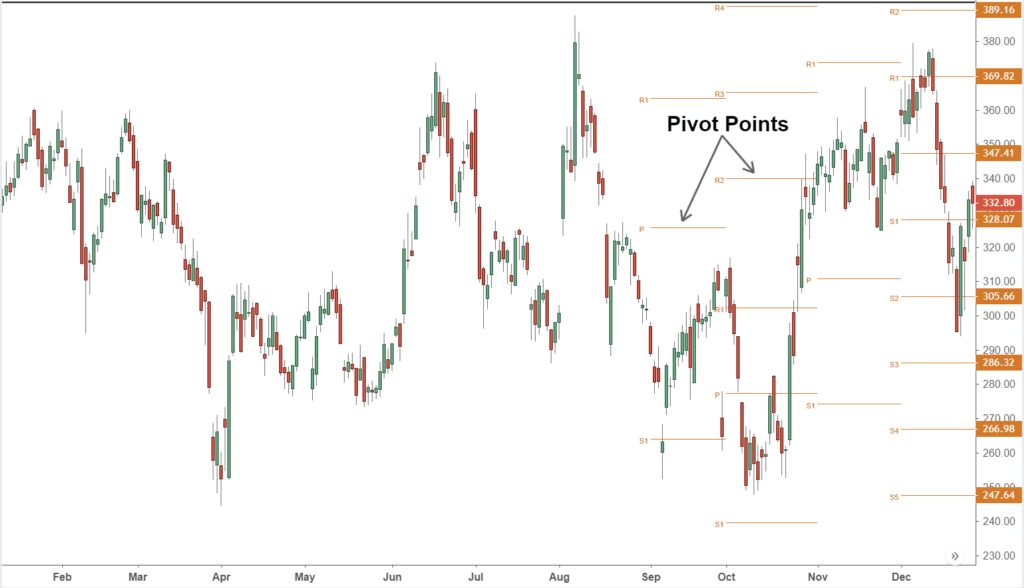
Trend Trading
A trend following day trading tactic would simply be on that follows very short-term trends within the trading day. This would require the use of very short-term trading charts, maybe setting up a trade on a 30-minute chart and then zooming in to a 5- or 10-minute chart to then execute and monitor the trade, applying risk management tools. The decision on how to define the trend could be from using moving averages or channels (as we looked at in the article What Are Trading Channels?). Or the trend could be identified using Dow Theory or trend lines, about which you can see more at “What Are Trendlines and Breakouts In Trading”?
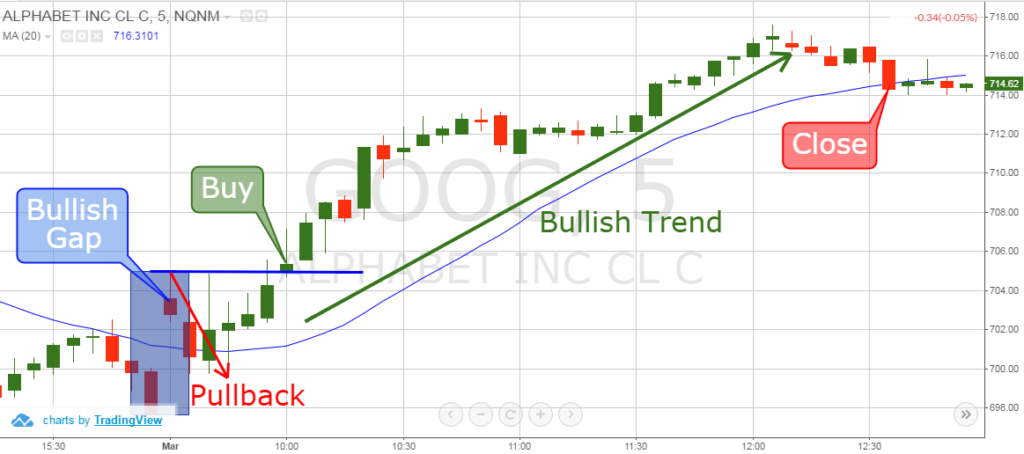
Money Flows
Money flow day trading is simply following the flows in the market. This can be done as above by following the price action, but usually has an additional element of looking at volume to following the actual flow of money. By combining the price action with volume indicators, a money flow day trader tries to follow the flows of money on a very short-term basis, within the trading day.
Day Trading Summary
In this article we have looked at what day trading is, why it is important and how to do it. In addition, we have looked at how it differs to other forms of trading, such as position or swing trading and also taken a more in depth look at the more popular day trading strategies and approaches.
The main takeaways from this article are:
- Day trading is not for everyone, as it takes a considerable amount of time and dedication. In reality it is a full-time job!
- There are many tactics that can be used by the day trader (and we have looked at the more common). Explore the many options open to you to find the day trading strategy and approach that suits you, your personality and your own psychology.
If you want to learn more about trading strategies check out our in depth article on “What Is Scalping?”.